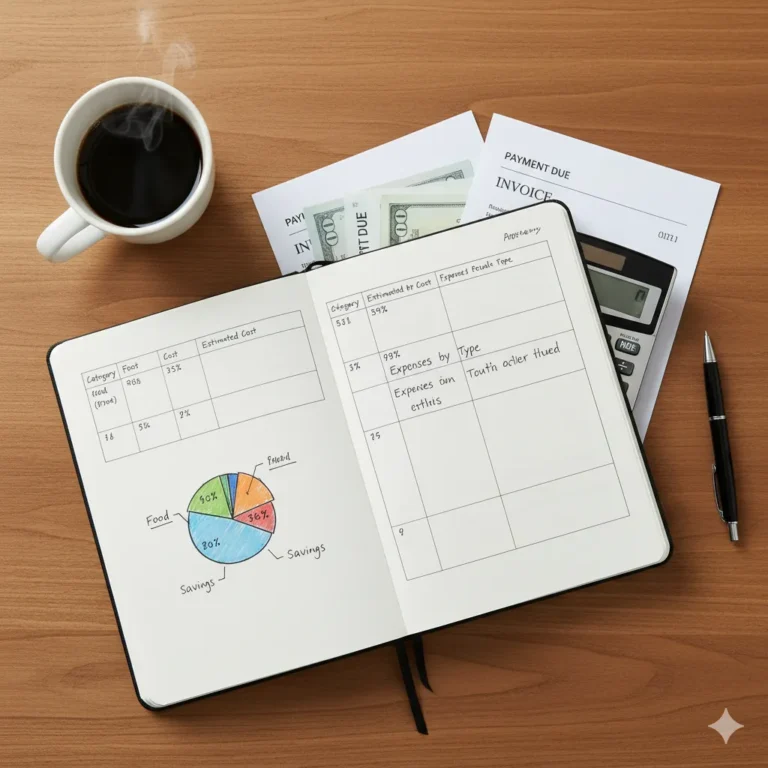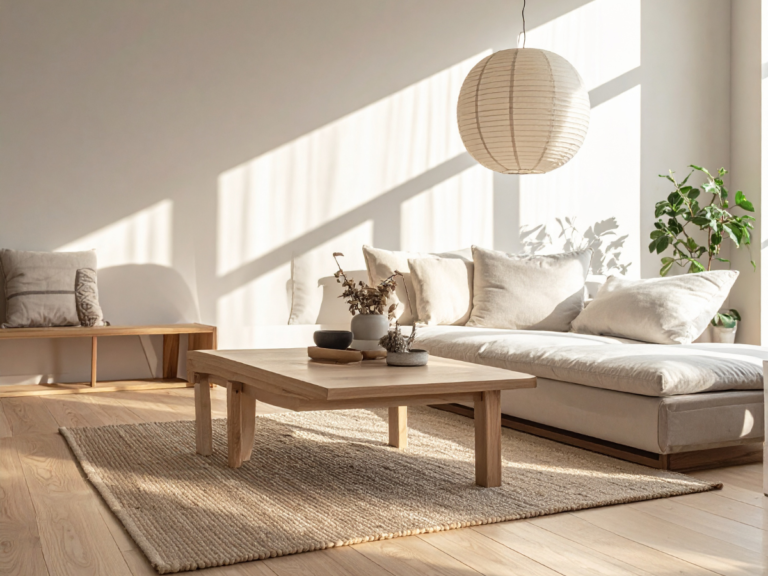🏡 The Frugal Home: How Small DIY Habits Transformed My Space—and My Sanity
There was a time when my frugal home didn’t feel frugal at all—it felt heavy. Every weekend brought a new repair—something rattled, dripped, or flickered—and with each fix, I felt a little more drained. It wasn’t just the money; it was the constant sense that I was behind. I’d come home from work hoping to rest, but my house greeted me like another inbox.
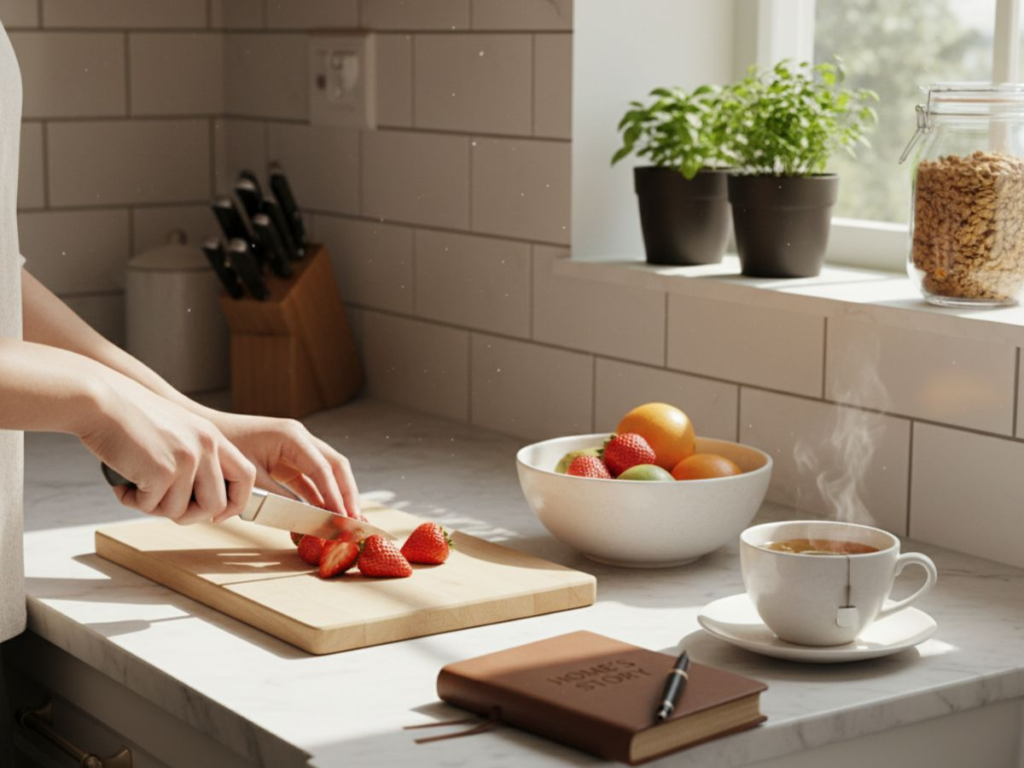
One winter night, wrapped in three blankets, I felt the heater humming endlessly. I stared at the ceiling and whispered, I can’t keep living like this. That small sentence—half sigh, half promise—became the start of something else: the beginning of a quieter, simpler way of living that slowly gave me my peace back. That was my first step toward what people now call simple living—a calm rhythm built one habit at a time.
Rediscovering What a Frugal Home Really Means
For years, I thought frugality was about less: fewer purchases, fewer lights, fewer comforts. But when I began fixing my own space, I realized the truth. A frugal home isn’t about scarcity—it’s about stability. It’s the calm of knowing your space runs smoothly without demanding constant rescue.
The first time I felt that calm was when I finally repaired a leaking faucet myself. That tiny “drip, drip” had been haunting me for months, louder each night. When the water bill jumped, I decided to face it. I bought a $5 washer kit, watched a tutorial, and spent thirty clumsy minutes fumbling under the sink. My hands smelled like metal, my shirt was soaked—but when it finally stopped, the silence was beautiful.
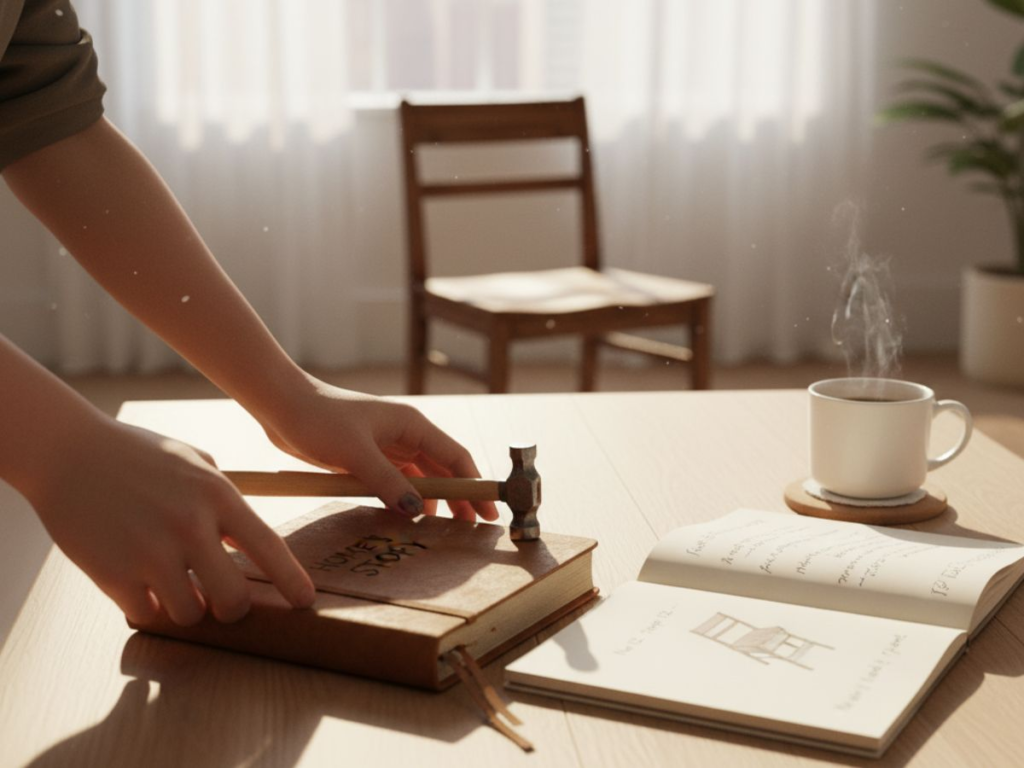
That silence taught me something money never could: confidence. It wasn’t just a DIY home fix; it was the sound of self-reliance echoing through my kitchen.
Quick Tip: When you fix something small, pause and write down what you did. Creating your own “mini repair log” helps you remember what worked—and it turns every DIY home fix into a lifelong lesson.
If you’re just starting your journey into simpler living, check out 9 Frugal Living Hacks to Save $100 Every Month—a gentle on-ramp into this mindset.
The Coffee Walk Routine
These days, Sunday mornings are sacred. I brew coffee, turn on my favorite playlist, and take what I call a “maintenance walk.” No checklists, no tools—just awareness.
As I move through each room, I listen. The hum of the fridge, the window latch clicking into place, the floor creaking softly. I run my fingers along the walls, check corners for dust, tighten anything that wobbles. Sometimes I find nothing. Sometimes I find a tiny problem that takes five minutes to fix.
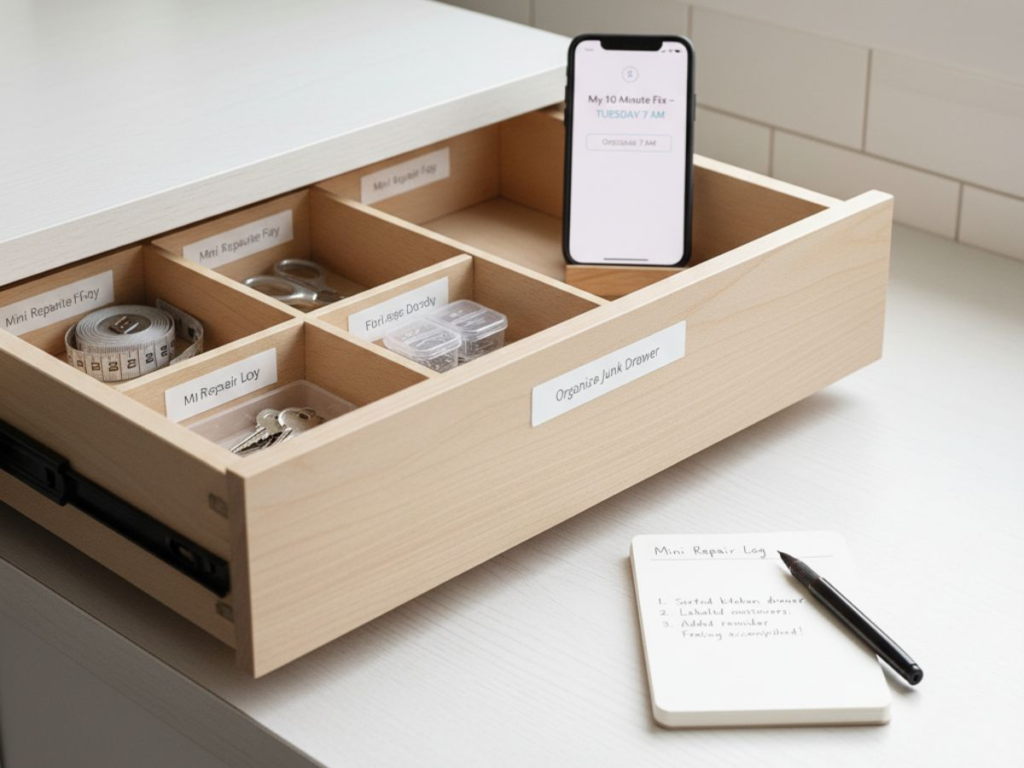
That’s my home care routine—not a chore list, but a meditation. Instead of waiting for something to break, I let my home tell me what it needs. This slow rhythm has become my favorite part of mindful living—it feels like a quiet conversation between me and the place I live in. A consistent home maintenance routine like this keeps things simple and prevents bigger costs later.
Watch Out: If you keep finding the same issue—like a door that won’t close properly—it’s often a sign of a deeper cause. Take five extra minutes to inspect why it happens instead of resetting it each week.
The U.S. Department of Energy’s Home Energy Checklist later validated what I had learned instinctively: prevention beats repair. But the real reward isn’t lower bills—it’s fewer surprises and more control over your home’s rhythm.
If you’re learning to build structure into your days, Time Management Tips for Side Hustlers shows how a little rhythm can help you save time and money every week.
When the House Starts Working With You
At some point, my home began to feel like a teammate. I simplified everything: labeled drawers, kept tools in one clear bin, set digital reminders instead of sticky notes. My phone nudges me gently—“check smoke alarm,” “wipe vent covers,” “oil the door hinge.”
These aren’t chores anymore; they’re background rhythms. A calm house doesn’t rely on constant effort—it thrives on small systems that lighten the mental load.
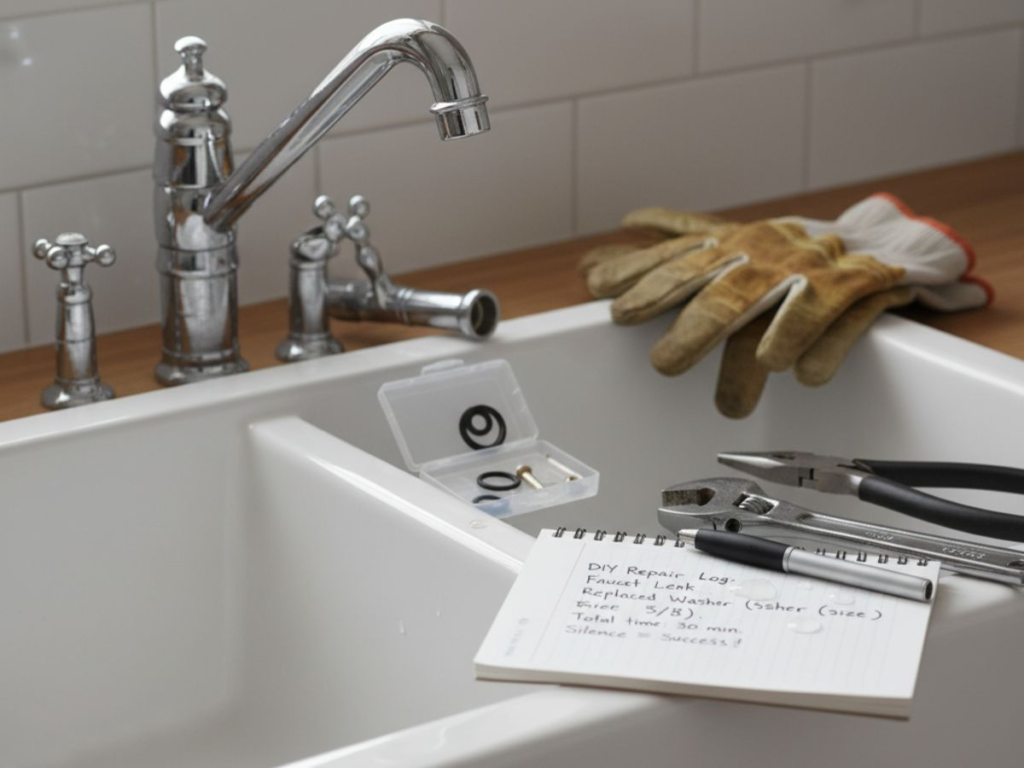
Tip: When you automate tasks, test your reminders first. You’ll catch timing issues early and actually build trust in your system. That’s one of the quietest ways to save time and money—by preventing clutter in your schedule. It’s also one of the most underrated parts of simple living: investing effort now to free up your time later.
I even added a few smart features—not to cut costs, but to cut friction. The living room lights ease on when I return at night; my speaker greets me with soft jazz. It’s not about saving electricity—it’s about maintaining a home that feels easy to live in.
For trustworthy gadget ideas, see Consumer Reports’ Guide to Smart Home Devices & Tech. And if you’d like to extend this peace to your workflow, Digital Tools Every Side Hustler Should Use to Save Time fits seamlessly into a steady, simple lifestyle.
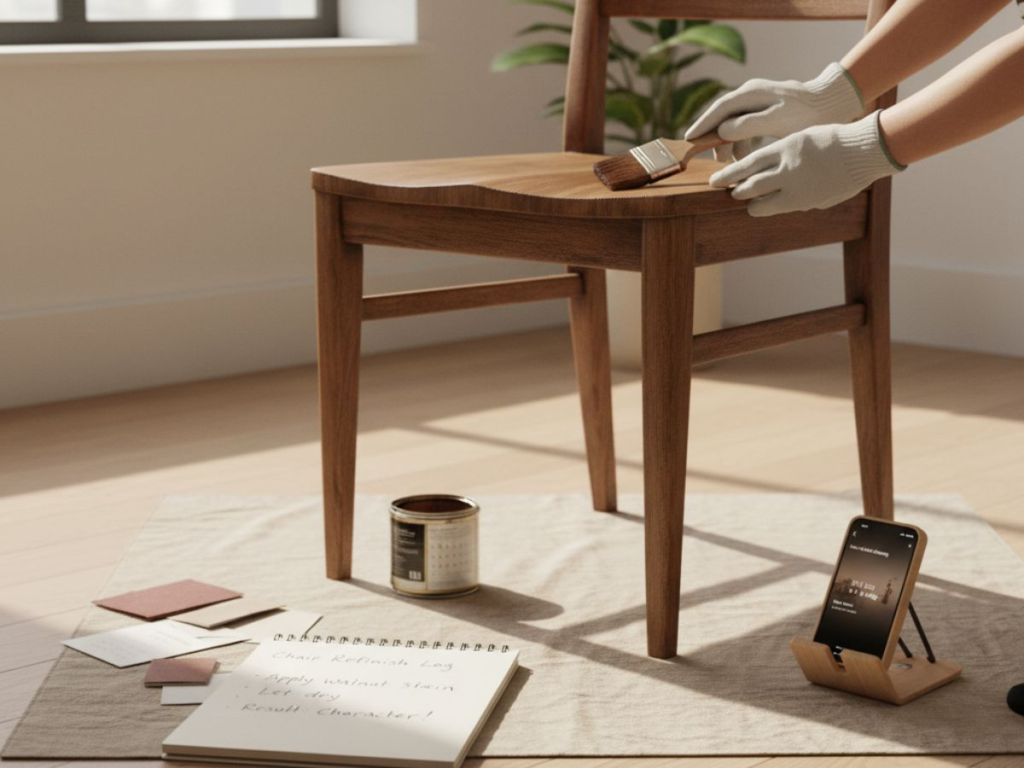
The Chair That Changed My Mind
One spring, I almost threw away a broken dining chair. The paint was chipped, the seat unstable, and I was ready to replace it. But something stopped me. Maybe nostalgia, maybe stubbornness. So I rolled up my sleeves, sanded the edges, and brushed on a new coat of walnut stain.
The smell of wood and polish filled the room. By the time it dried, the chair looked reborn—sturdy, warm, familiar. It wasn’t perfect, but it carried history in every grain. That’s when I understood what simplicity really meant: You don’t always need more—you just need to care better for what you already have.
Practical Tip: Before tossing any furniture, ask: “Can I refinish, repaint, or repurpose this?” A few hours of mindful work turn clutter into character—and they remind you that DIY home fixes often repair more than objects; they repair perspective. Small repairs like this can save time and money you’d otherwise spend replacing something new.
If this idea speaks to you, read Minimalist Living: How Owning Less Saves You More—it expands on how minimalism brings mental clarity, not just savings.
Mini Mission: Start Small, Stay Consistent
Here’s a small mission for your week: Pick one drawer or shelf that’s been ignored for months. Gather a screwdriver, a bit of tape, and any loose hardware. Spend ten minutes tightening, sorting, and labeling.
When you’re done, take a photo of that space and name it “My 10-Minute Fix.” It might sound simple, but that one act sets the tone for your entire week. That’s how you save time and money—not through deprivation, but through quiet progress.

Caution: Don’t aim for perfection; aim for consistency. Five minutes every weekend will do more for your home maintenance routine than one exhausting cleanup day every few months.
The Joy Hidden in Repair
Frugality, I’ve learned, isn’t about restriction—it’s about restoration. When I’m sanding wood or fixing a hinge, I can feel my stress dissolve. Each movement feels grounding. The reward isn’t the finished project; it’s the peace that comes from doing something useful with my own hands.
Insight: Repairing something yourself builds emotional ownership. You start to see every project as part of your home’s story. And that mindset changes how you buy, decorate, and even how you rest.
There’s beauty in every act of care. When the rhythms are smooth, your mind follows. And that’s the real payoff of steady, intentional living—less chaos, more calm. That peace is what simple living truly gives back: time, control, and quiet confidence.
🧩 The Core Principles of a Frugal Home
Before we wrap up, let me leave you with the simple truths that shaped everything I’ve shared so far. These are the quiet foundations of every frugal home—small reminders that help you keep your routines meaningful, not mechanical.
- Fix what you can, when you can. Every act of repair builds skill, confidence, and stability. Each time you pick up a tool, your home becomes a little more yours.
- Build your own rhythm. A good maintenance routine isn’t about perfection; it’s about consistency. Ten minutes of attention today prevents an hour of stress tomorrow.
- Simplify, then automate. Good systems—labels, checklists, small automations—don’t make life rigid; they give your mind more room to rest.
- Reuse before you replace. Every old item has potential. Refinishing, repainting, or repurposing isn’t just a DIY home fix—it’s a creative reminder that frugality and artistry can coexist.
- Focus on time, not just money. Every habit or project should help you save time and find calm. Financial peace always follows emotional stability.
These small truths are what turned my house from a drain into an ally. You don’t have to master them overnight—just live them slowly, one weekend at a time.
Final Thoughts
A year after I began this journey, I noticed something remarkable: the silence had changed. It wasn’t the silence of neglect anymore—it was the quiet of peace. The faucet no longer dripped, the chair no longer wobbled, and I no longer dreaded “the next thing to fix.”
A frugal home isn’t perfect—it’s simply cared for. It gives back what you put in—time, comfort, and calm. Each small repair, each Sunday ritual, each mindful moment becomes a brick in the foundation of a steadier life.
So start today. Tighten one screw. Wipe one shelf. Let the rhythm of maintenance replace the noise of stress. And one morning, you’ll realize your home isn’t asking for attention anymore—it’s quietly giving it back.
If you’re ready to expand your knowledge, visit How to Cut Utility Bills: Simple Energy-Saving Tips That Really Work and discover more ways to care for your home and save time and money without losing the joy of simplicity.


